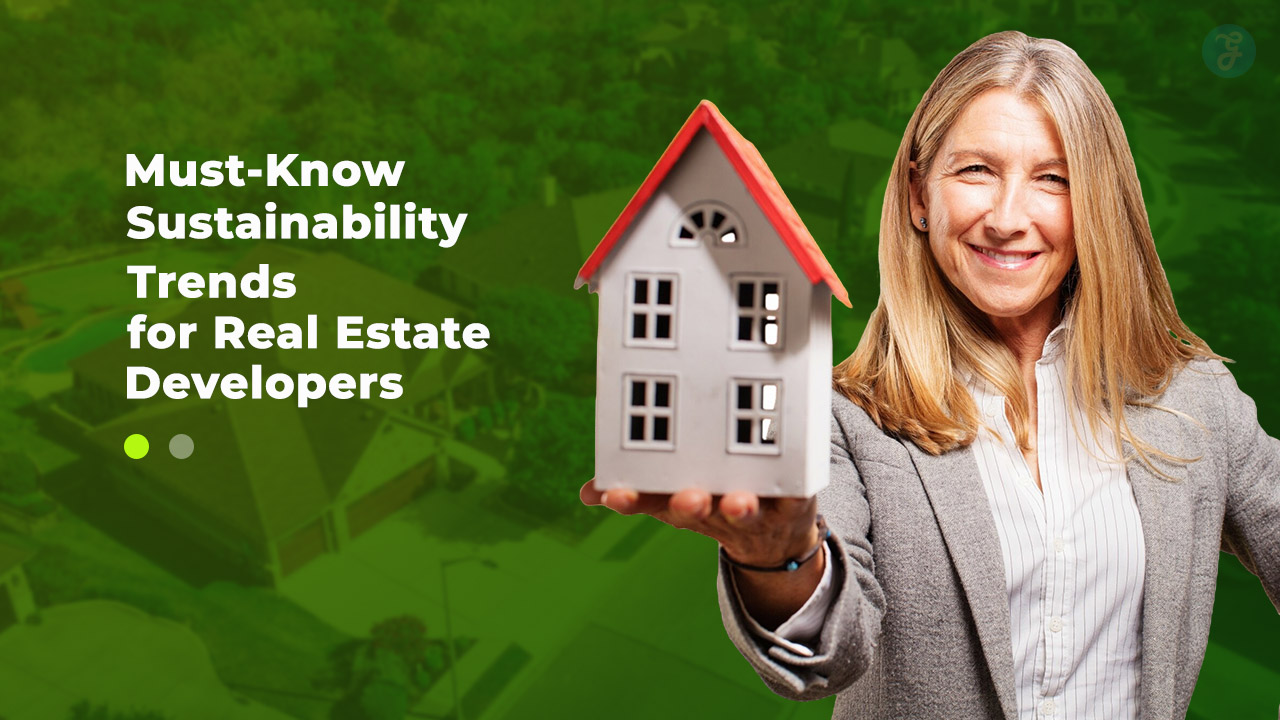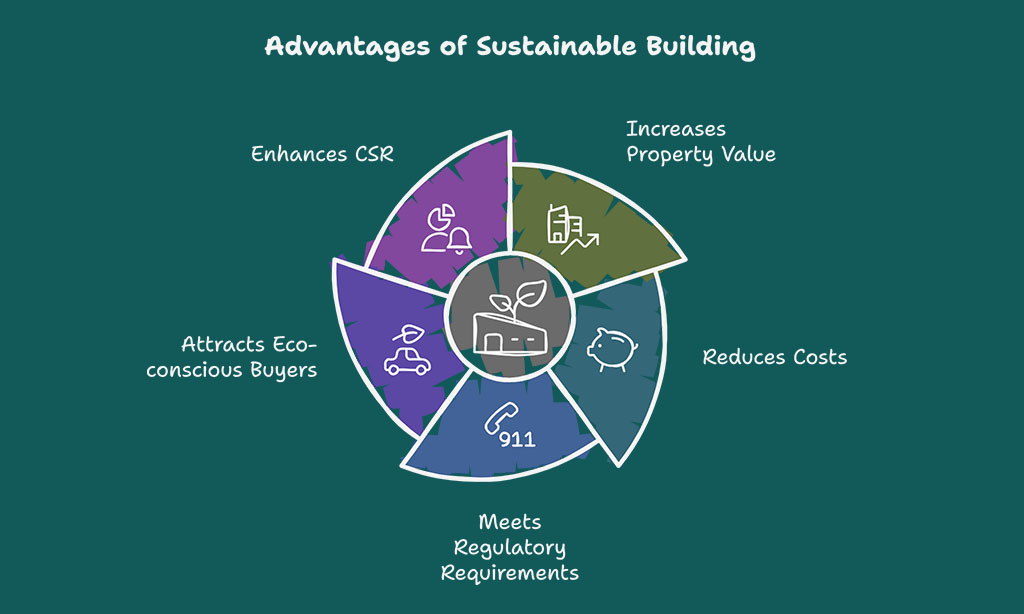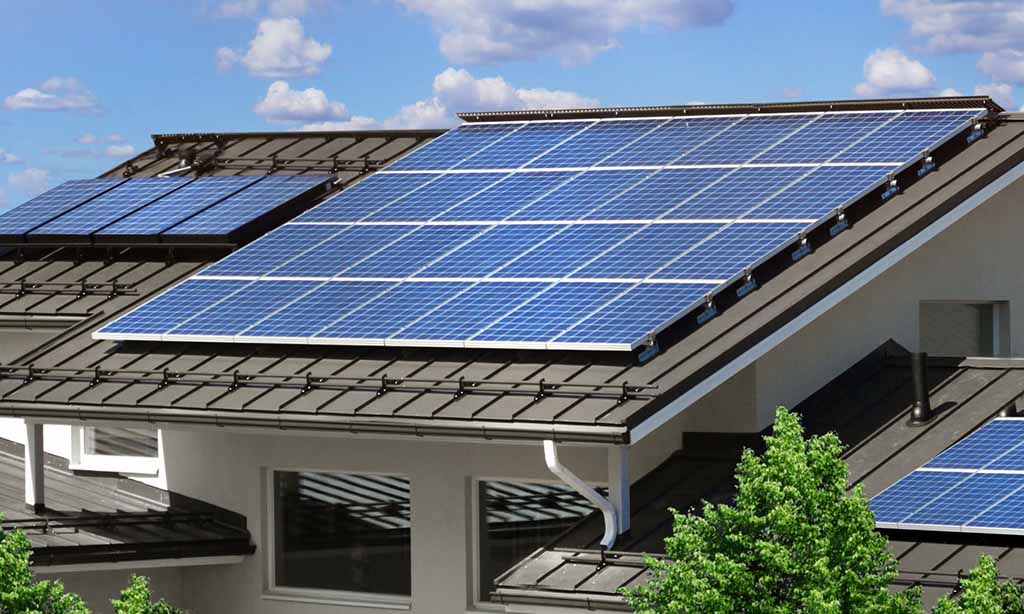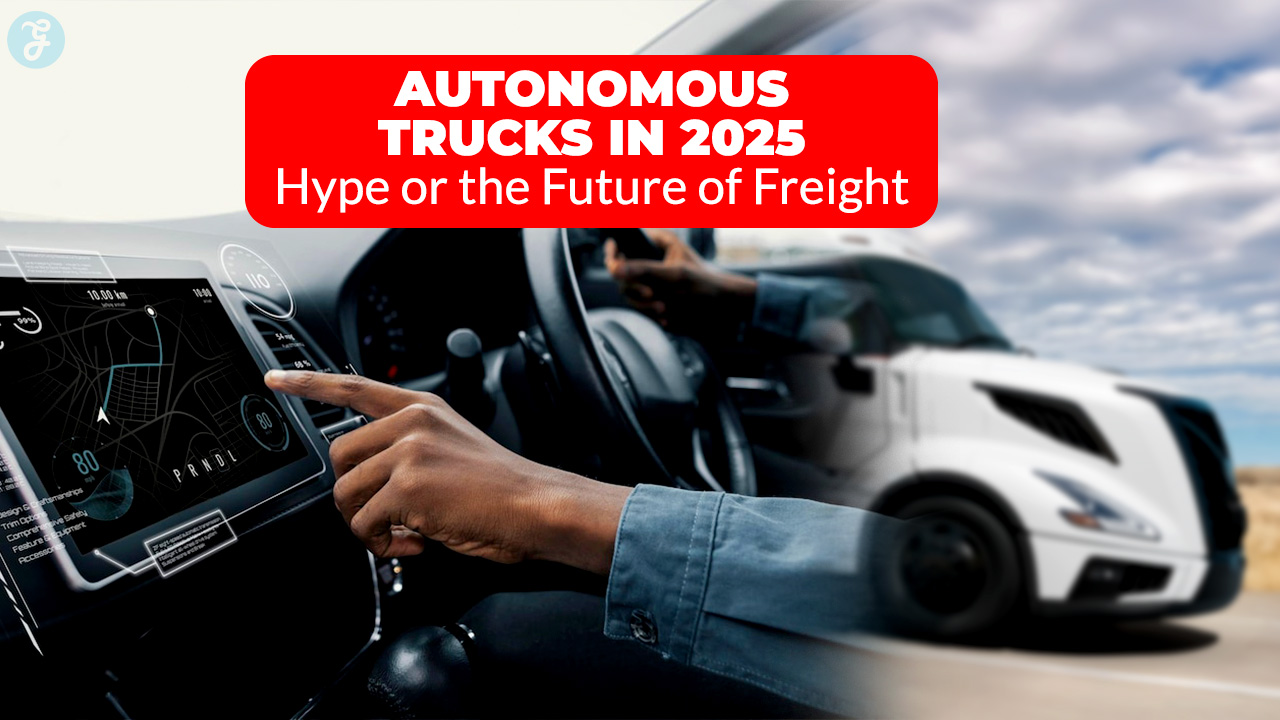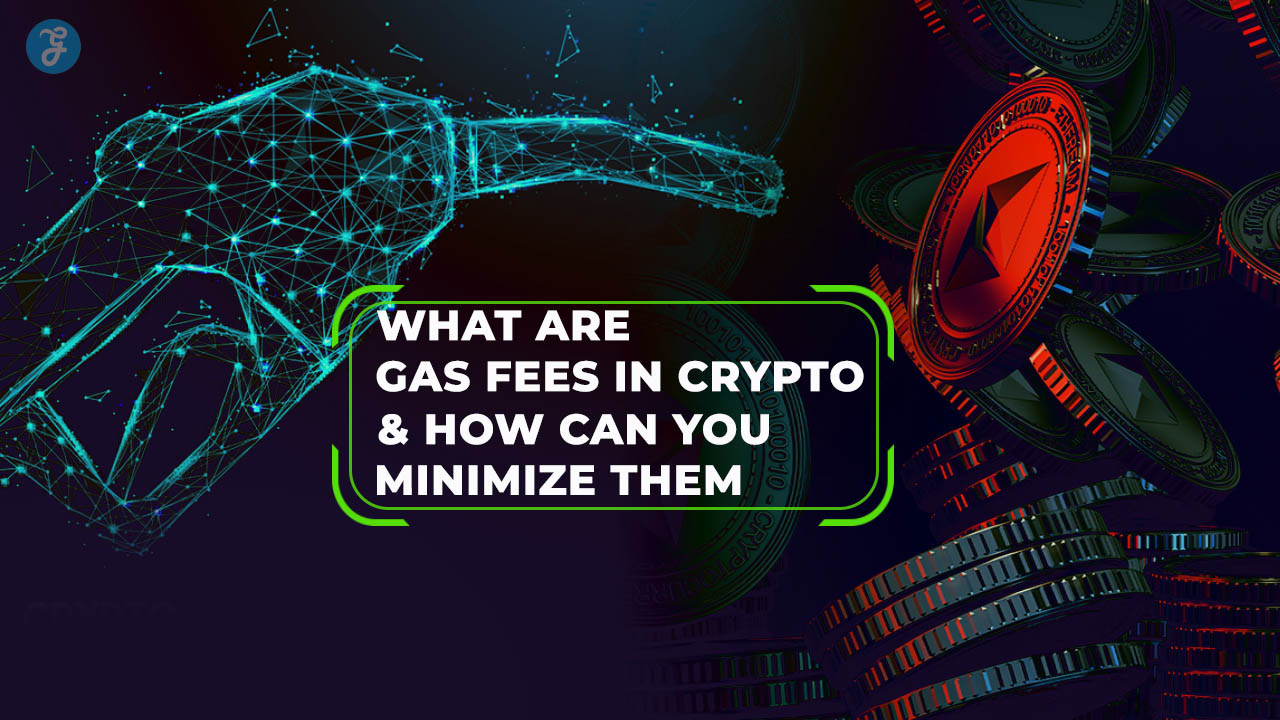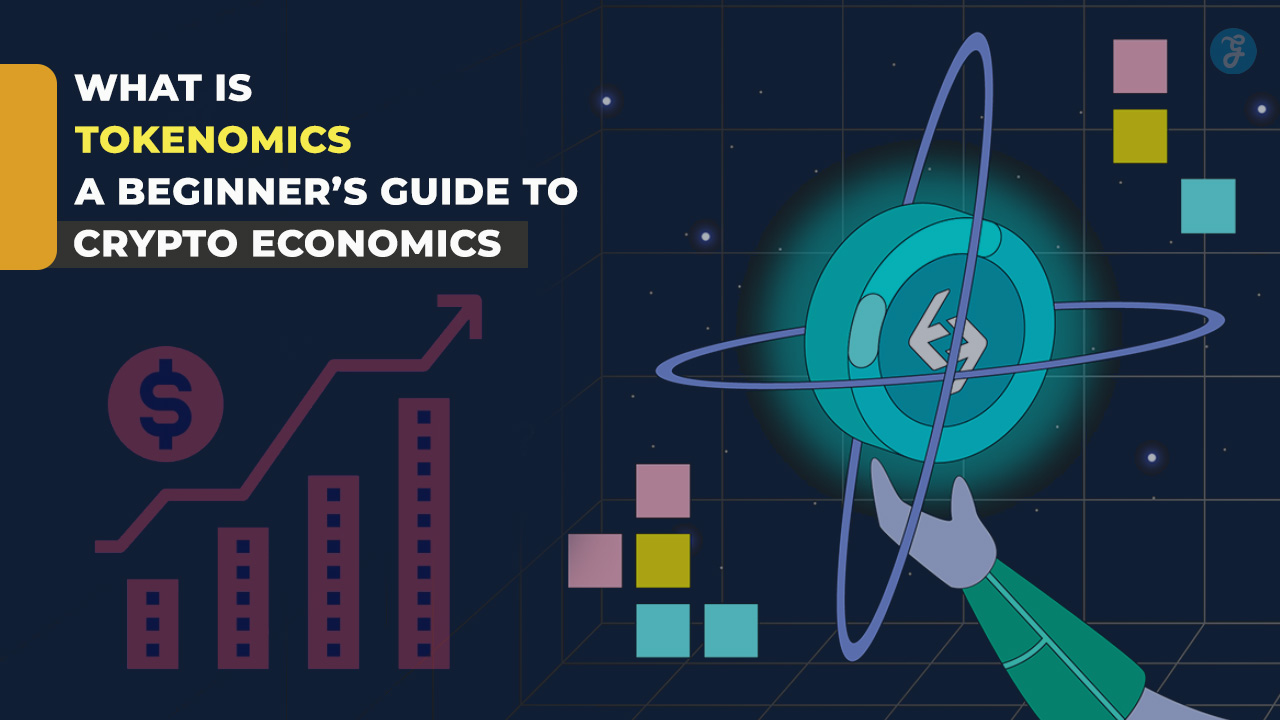As global awareness of environmental concerns grows, real estate developers are under increasing pressure to adopt sustainable practices. The demand for eco-friendly buildings is no longer a niche trend—it has become a necessity driven by regulatory requirements, market preferences, and financial incentives.
Sustainability trends for real estate developers are transforming the industry, emphasizing energy efficiency, renewable resources, and smart technologies that enhance long-term property value.
In this comprehensive guide, we explore ten critical sustainability trends for real estate developers, offering insights into best practices, benefits, and strategies for implementation. This article delves deep into each trend with practical applications, case studies, and real-world examples to ensure that developers can implement these strategies effectively.
Whether you’re a seasoned developer or new to sustainable construction, this article provides valuable knowledge to help future-proof your projects and maximize returns.
Why Sustainability Matters in Real Estate Development?
Sustainability in real estate development is no longer an option—it is a strategic advantage. Consumers, investors, and governments increasingly prioritize eco-friendly buildings, and those who fail to adapt may face declining property values and regulatory hurdles.
| Key Benefits of Sustainable Construction |
|
|
|
|
|
Impact of Sustainable Practices on Property Value and Demand
- Sustainable buildings typically achieve higher occupancy rates and premium rents.
- Energy-efficient properties result in lower operational costs for tenants and owners.
- Green certifications improve market perception and increase property resale value.
- Investors prefer green buildings due to long-term profitability and lower risk exposure.
Regulatory and Compliance Requirements for Green Buildings
Governments worldwide are tightening regulations on emissions, energy consumption, and water usage in real estate projects. Compliance with sustainability trends for real estate developers is essential to avoid penalties and capitalize on tax incentives.
| Global Regulations on Sustainable Real Estate |
|
|
|
|
Top 10 Sustainability Trends Shaping Real Estate Development
The real estate sector is undergoing a profound transformation, driven by the urgent need for sustainability. Developers who embrace green practices not only contribute to environmental conservation but also improve their bottom line.
From energy efficiency to circular economy strategies, these trends define the future of real estate. Let’s explore the ten most impactful sustainability trends reshaping the industry.
1. Net-Zero and Carbon-Neutral Buildings
Net-zero and carbon-neutral buildings are at the forefront of sustainable real estate development. These structures are designed to produce as much energy as they consume annually, leading to a significant reduction in carbon emissions.
With advancements in renewable energy, insulation technologies, and smart energy management, achieving net-zero status is becoming more feasible for developers worldwide.
Many governments and organizations are now offering incentives for net-zero projects, making them a lucrative investment opportunity for forward-thinking developers.
What Makes a Building Net-Zero?
A net-zero building produces as much energy as it consumes over a year. Achieving this requires a combination of energy-efficient designs, renewable energy sources, and smart technology.
| Key Features | Benefits |
| Passive solar design | Reduces energy consumption |
| High-performance insulation | Enhances energy efficiency |
| On-site renewable energy | Achieves self-sufficiency |
| Smart energy management | Optimizes consumption |
Case Study: Successful Carbon-Neutral Projects
- The Bullitt Center in Seattle: Generates its own energy through solar panels and achieves net-zero status.
- Bosco Verticale in Milan: Features green walls that improve air quality and regulate building temperature.
2. Green Building Certifications and Compliance
Green building certifications provide a standardized measure of sustainability, helping developers align with best environmental practices and meet regulatory requirements. Certifications such as LEED, BREEAM, and WELL not only enhance the credibility of projects but also attract eco-conscious investors and tenants. Certified buildings tend to have lower operational costs, higher market values, and better long-term performance.
As sustainability regulations tighten globally, obtaining these certifications is becoming a necessity rather than an option.
Key Certifications
- LEED (Leadership in Energy and Environmental Design)
- BREEAM (Building Research Establishment Environmental Assessment Method)
- WELL Building Standard (focuses on occupant health and well-being)
- EDGE (Excellence in Design for Greater Efficiencies)
| Certification | Region | Focus Area |
| LEED | Global | Energy efficiency, materials, water use |
| BREEAM | Europe | Sustainable design and operation |
| WELL | Global | Occupant health and well-being |
| EDGE | Emerging Markets | Energy and water efficiency |
Checklist: Steps to Achieve Green Certification
- Conduct an energy audit
- Use sustainable materials
- Optimize water and energy efficiency
- Implement smart building technology
3. Smart and Energy-Efficient Technologies
The integration of smart and energy-efficient technologies in real estate is transforming how buildings are managed and maintained. From AI-driven energy management systems to IoT-enabled smart lighting and HVAC, these innovations enhance efficiency and reduce costs.
Real estate developers who invest in these technologies benefit from improved tenant satisfaction, regulatory compliance, and higher property valuations.
Smart buildings can monitor and optimize energy use in real time, ensuring sustainable operations with minimal human intervention.
AI-Driven Energy Management Systems
- Smart sensors optimize lighting, heating, and cooling.
- AI analyzes energy consumption patterns for efficiency improvements.
- Building automation systems (BAS) improve operational efficiency.
| Technology | Function |
| AI-driven energy management | Optimizes lighting, heating, and cooling |
| IoT-enabled HVAC systems | Improves efficiency and reduces waste |
| Smart meters | Tracks and optimizes energy usage |
Data-Driven Energy Optimization for Cost Savings
- Buildings using AI-powered energy management see up to 30% savings in energy bills.
- Sustainable real estate developers integrate AI for better performance and predictive maintenance.
4. Sustainable Construction Materials and Techniques
The choice of building materials plays a crucial role in the sustainability of real estate projects. Traditional materials like concrete and steel contribute significantly to carbon emissions, whereas eco-friendly alternatives such as bamboo, hempcrete, and recycled steel offer a more sustainable approach.
Sustainable construction techniques, including 3D printing, prefabrication, and modular building, are also gaining popularity as they reduce waste, lower costs, and speed up project timelines. Developers adopting these materials and methods position themselves as industry leaders in sustainability.
| Traditional Material | Sustainable Alternative |
| Concrete | Recycled concrete |
| Steel | Bamboo reinforcement |
| Petroleum-based insulation | Hempcrete |
Eco-Friendly Materials
- Bamboo: Fast-growing and durable
- Recycled steel: Reduces construction waste
- Hempcrete: Excellent insulation properties
3D Printing and Modular Construction
- Reduces waste by up to 90%
- Speeds up project completion
5. Renewable Energy Integration
The integration of renewable energy sources such as solar, wind, and geothermal is a game-changer in sustainable real estate. Buildings equipped with solar panels, wind turbines, and geothermal heating systems can significantly reduce energy costs and dependency on fossil fuels.
Government incentives and falling costs of renewable technology make these solutions increasingly viable for developers. Implementing renewable energy strategies not only meets sustainability goals but also provides long-term economic benefits for property owners and tenants.
Solar, Wind, and Geothermal Solutions
- Solar panels reduce electricity dependence
- Wind turbines for high-rise buildings
- Geothermal heating/cooling for stable temperatures
| Energy Source | Best Use Case |
| Solar panels | Residential & commercial buildings |
| Wind turbines | High-rise developments |
| Geothermal systems | Multi-unit complexes |
Government Incentives for Renewable Energy Adoption
- Tax credits for solar energy installations
- Grants for green building upgrades
6. Water Conservation and Management
Water conservation and management play a crucial role in sustainable real estate, reducing both environmental impact and operational costs. Smart water systems, rainwater harvesting, and greywater recycling help optimize water usage in buildings.
Efficient plumbing fixtures and leak detection technologies prevent unnecessary water waste. Sustainable water management supports environmental certifications like LEED and BREEAM. Governments and municipalities are increasingly enforcing water conservation regulations to promote responsible usage.
Smart meters enable real-time tracking of water consumption, leading to better efficiency. Landscaping with drought-resistant plants reduces water demand in outdoor spaces.
Community-wide water conservation initiatives can significantly reduce urban water stress. Sustainable water infrastructure enhances property value and long-term investment potential.
.Smart Water Management Systems
- Rainwater harvesting reduces dependency on municipal water supply.
- Greywater recycling reuses wastewater for irrigation and flushing.
- Smart irrigation systems use sensors to minimize water waste.
| Strategy | Benefit |
| Rainwater harvesting | Reduces reliance on municipal water |
| Greywater recycling | Reuses water for irrigation and flushing |
| Smart irrigation | Minimizes water waste |
Impact of Water-Efficient Buildings
- Reduces operational costs for property owners.
- Lowers water consumption by up to 50%.
- Supports sustainability certifications like LEED and BREEAM.
7. Green Roofs and Vertical Gardens
Green roofs and vertical gardens are transforming urban landscapes by improving air quality, reducing heat islands, and enhancing biodiversity. These sustainable solutions absorb CO₂, provide insulation, and manage stormwater runoff efficiently.
Vertical gardens help maximize greenery in limited spaces, promoting healthier environments. Green roofs reduce noise pollution and create comfortable outdoor areas for relaxation.
They also extend roof lifespan by protecting it from extreme weather conditions. Cities are incorporating green roofs into building regulations to combat urban heating. Green infrastructure contributes to mental well-being by providing natural spaces in dense cities.
Businesses and developers use green rooftops as branding elements for eco-friendly initiatives. Innovations in hydroponics and aeroponics enhance vertical garden efficiency. The economic benefits include increased property values and energy savings from natural insulation.
Benefits of Green Roofs
- Improves air quality by filtering pollutants.
- Reduces urban heat islands, lowering cooling costs.
- Enhances biodiversity by providing habitat for birds and insects.
| Feature | Benefit |
| Vegetation | Absorbs CO2 |
| Stormwater retention | Reduces urban flooding |
| Roof insulation | Enhances energy efficiency |
Case Study: Bosco Verticale, Milan
- Features two residential towers covered in trees and shrubs.
- Absorbs over 30 tons of CO2 annually.
- Provides natural cooling and noise reduction for residents.
8. Walkability and Transit-Oriented Development (TOD)
Walkability and transit-oriented development (TOD) contribute to sustainable urban living by reducing reliance on private vehicles. TOD encourages public transit use, promotes mixed-use developments, and enhances pedestrian-friendly infrastructure. These developments create vibrant communities where residents can live, work, and access amenities within walking distance.
TOD projects help reduce urban congestion and lower carbon emissions. Bicycle-friendly infrastructure and pedestrian zones further enhance accessibility. Mixed-use developments integrate residential, commercial, and recreational spaces efficiently. Smart mobility solutions, such as shared micro-mobility and ride-sharing services, complement TOD initiatives.
Green corridors and shaded walkways encourage more people to choose walking over driving. Improved air quality in TOD communities contributes to public health benefits. TOD investments often yield high returns due to their appeal among urban dwellers.
How TOD Reduces Carbon Footprint
- Encourages public transportation use over personal vehicles.
- Promotes mixed-use developments reducing commuting needs.
- Increases urban green spaces for a healthier environment.
| Element | Function |
| Pedestrian-friendly streets | Encourages walking |
| Mixed-use buildings | Reduces commute times |
| Public transit access | Lowers car dependency |
Examples of Successful TOD Projects
- The Pearl District, Portland: A walkable neighborhood with integrated transit access.
- Hudson Yards, NYC: A sustainable urban development with green spaces and public transit connectivity.
9. Circular Economy in Real Estate
The circular economy in real estate focuses on reducing waste, reusing materials, and designing buildings for long-term sustainability. It involves repurposing materials, adaptive reuse, and minimizing construction waste through deconstruction. Sustainable building practices enhance resource efficiency and lower environmental impact. Prefabricated and modular construction methods support circular economy principles by reducing waste.
The use of recycled materials, such as reclaimed wood and repurposed steel, is gaining traction. Digital tools like Building Information Modeling (BIM) facilitate circular economy strategies in design and construction.
Sustainable real estate practices align with ESG (Environmental, Social, and Governance) investment criteria. Urban mining recovers valuable materials from old buildings for reuse in new projects. Circular economy approaches reduce landfill waste and contribute to carbon footprint reduction. Future cities will increasingly prioritize circular economy principles to create resilient built environments.
Sustainable Construction Through Circular Economy Principles
- Repurposing materials from old structures to minimize waste.
- Adaptive reuse of buildings to avoid demolition waste.
- Deconstruction over demolition to salvage and recycle materials.
| Practice | Impact |
| Recycled concrete | Reduces construction waste |
| Modular buildings | Enables easy reassembly |
| Prefabrication | Speeds up completion |
Case Study: The Edge, Amsterdam
- One of the greenest buildings globally, with a 98.4% BREEAM rating.
- Uses recycled construction materials and energy-efficient systems.
10. Sustainable Community Design and Smart Cities
Sustainable community design and smart cities leverage technology and innovation to create efficient, eco-friendly urban environments. Smart grids, IoT-based infrastructure, and renewable energy-powered buildings enhance resource management. AI-driven traffic systems reduce congestion, improving mobility and air quality. Green public spaces and eco-friendly urban planning contribute to healthier communities.
Zero-waste infrastructure and circular economy principles drive sustainability in modern cities. The integration of digital twins in urban planning allows for data-driven decision-making.
Smart water and waste management systems optimize resource utilization. Net-positive energy buildings generate more energy than they consume, contributing to a self-sustaining urban model.
Blockchain technology is emerging in real estate to ensure transparency in green certifications. Sustainable smart cities improve residents’ quality of life while mitigating environmental impact.
Integrating Sustainability in Urban Planning
- Smart grids manage energy distribution efficiently.
- IoT-based infrastructure enhances environmental monitoring.
- Green public spaces improve residents’ well-being.
| Smart City Feature | Function |
| AI-based traffic management | Reduces congestion |
| Renewable energy-powered buildings | Lowers carbon footprint |
| Digital twins for urban planning | Optimizes infrastructure |
Future Trends in Sustainable Real Estate Development
- Increased adoption of blockchain for green property certifications.
- Expansion of net-positive energy buildings.
- Integration of AI and big data for sustainable city planning.
Final Thoughts
Sustainability trends for real estate developers are no longer optional but essential for staying competitive in the modern market. By embracing net-zero buildings, smart technologies, green materials, and renewable energy, developers can create eco-friendly spaces that benefit both the environment and their bottom line.
Implementing these trends not only future-proofs investments but also enhances the quality of life for occupants. Now is the time to take action and lead the charge toward a greener real estate industry.


